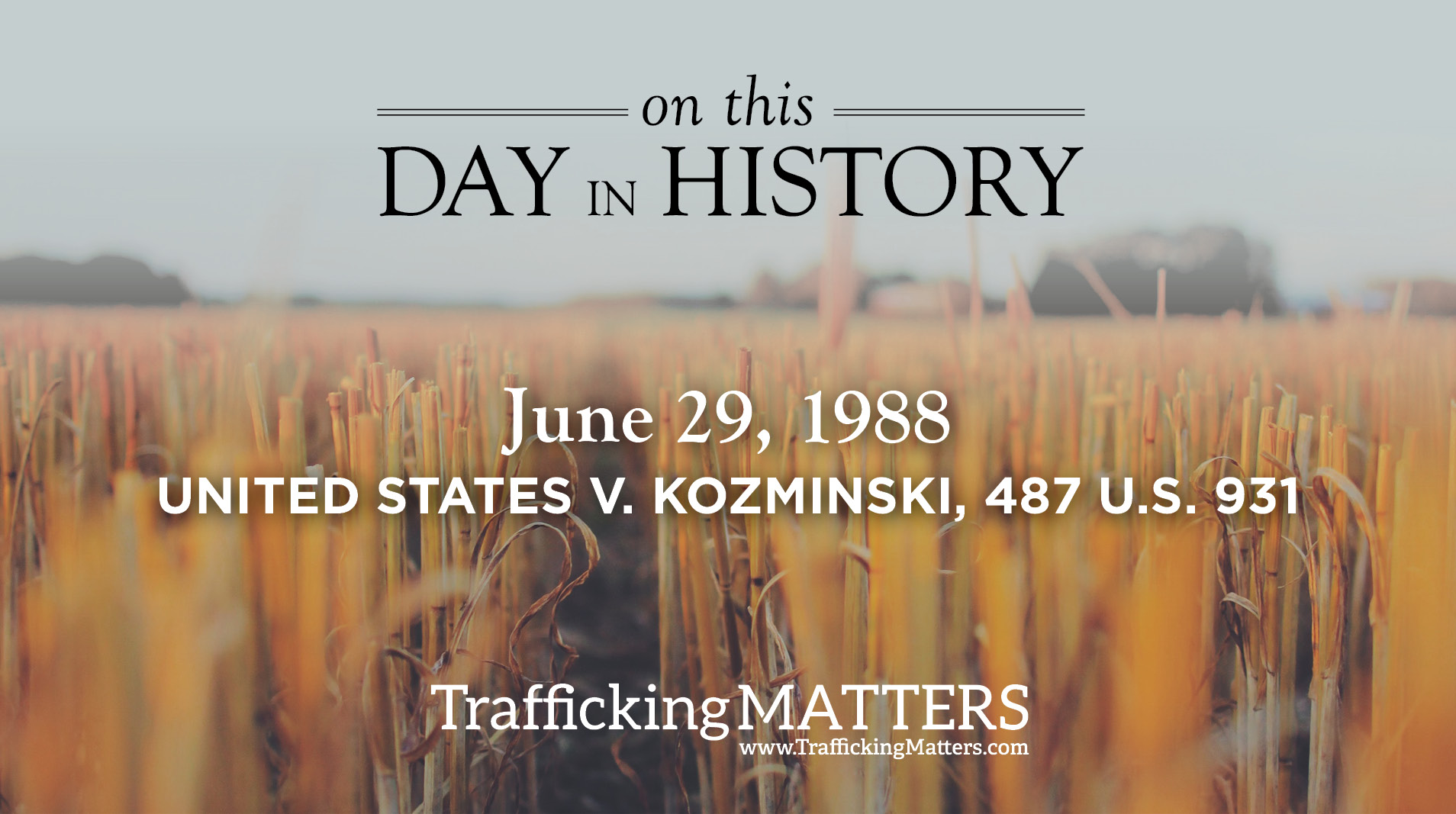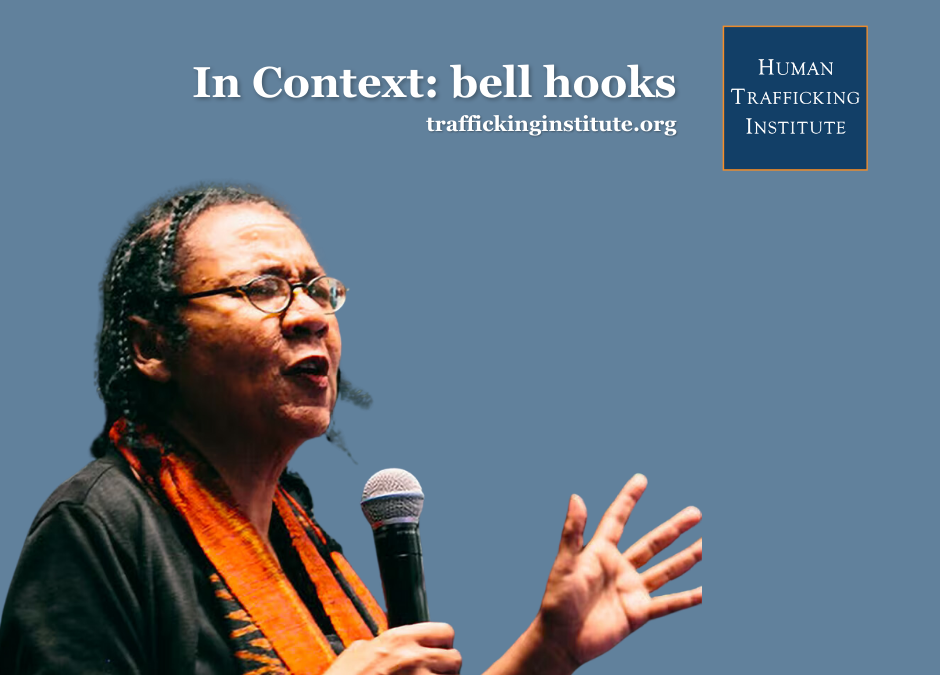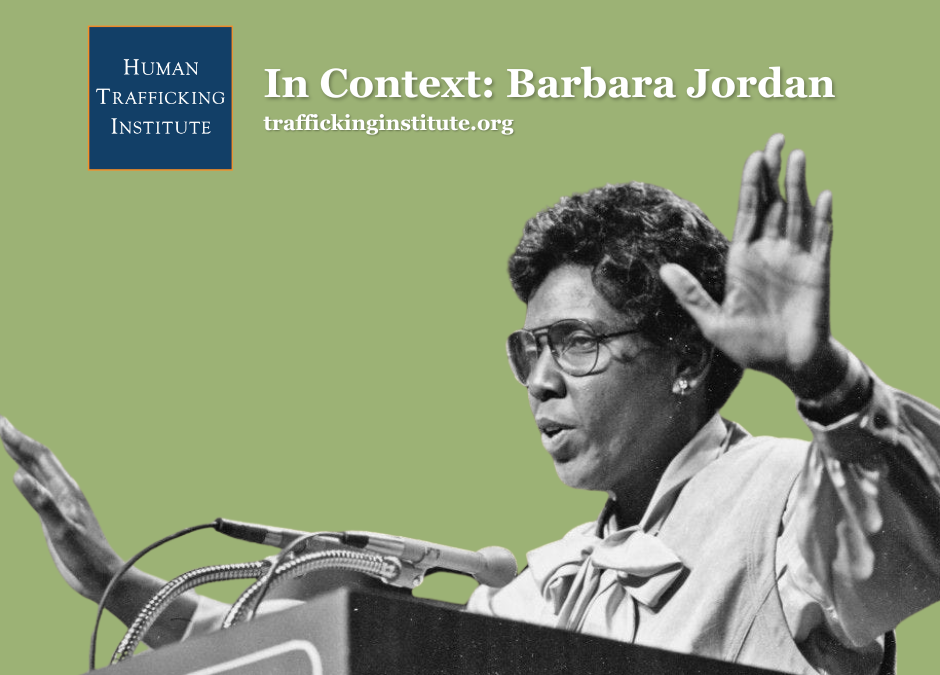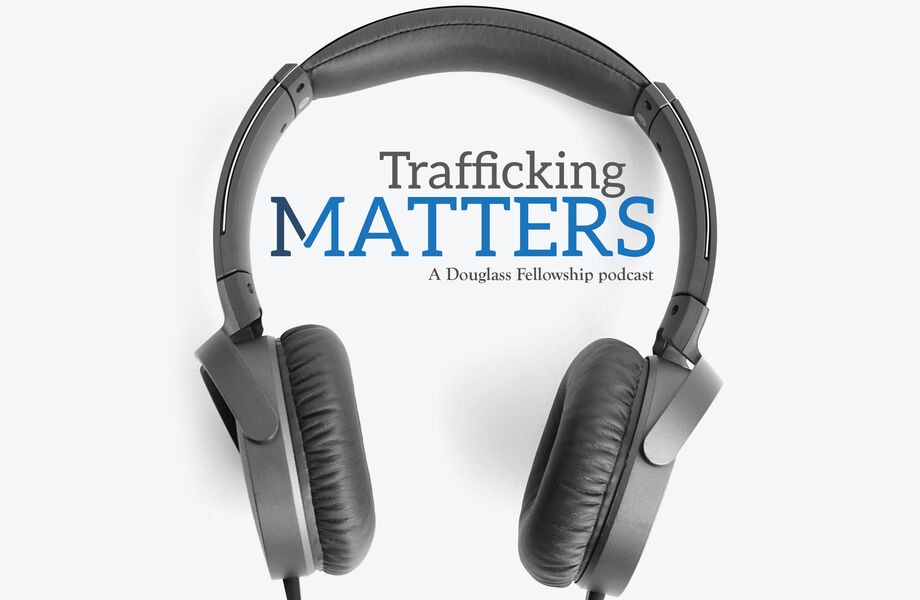By: TAYLOR KING
On June 29, 1988, the U.S. Supreme Court reached a decision that dramatically changed the legal landscape of human trafficking law and ushered in the Trafficking Victims Protections Act (TVPA) of 2000. Today, marks 30 years since that Supreme Court decision.
The case of U.S. v. Kozminski originated on a dairy farm that was owned and operated by Ike and Margarethe Kozminski and their son, John, in the small community of Chelsea, Michigan.
In the late 1960s and early 1970s, the Kozminskis recruited two men, Robert Fuller and Louis Molitoris, both with noticeable mental incapacities, to live and work on their farm. Robert was brought to the farm in 1967 after being picked up on the side of the road by Margarethe. In doing so, she removed him from the farm where he was already employed. Louis was brought to the farm in the early 1970s when Ike found him living on the streets of Ann Arbor, Michigan.
Upon arrival, they each received $15 per week for their labor, working seven days a week for up to 17 hours a day. Eventually, they received no pay at all for their work. Instead, both sustained actual or threatened physical abuse, and Louis received threats of re-institutionalization if he did not follow specific instructions given by the Kozminskis. In addition, the Kozminskis made “efforts to isolate the men from contact with the outside world through a pattern of verbal and physical abuse.”
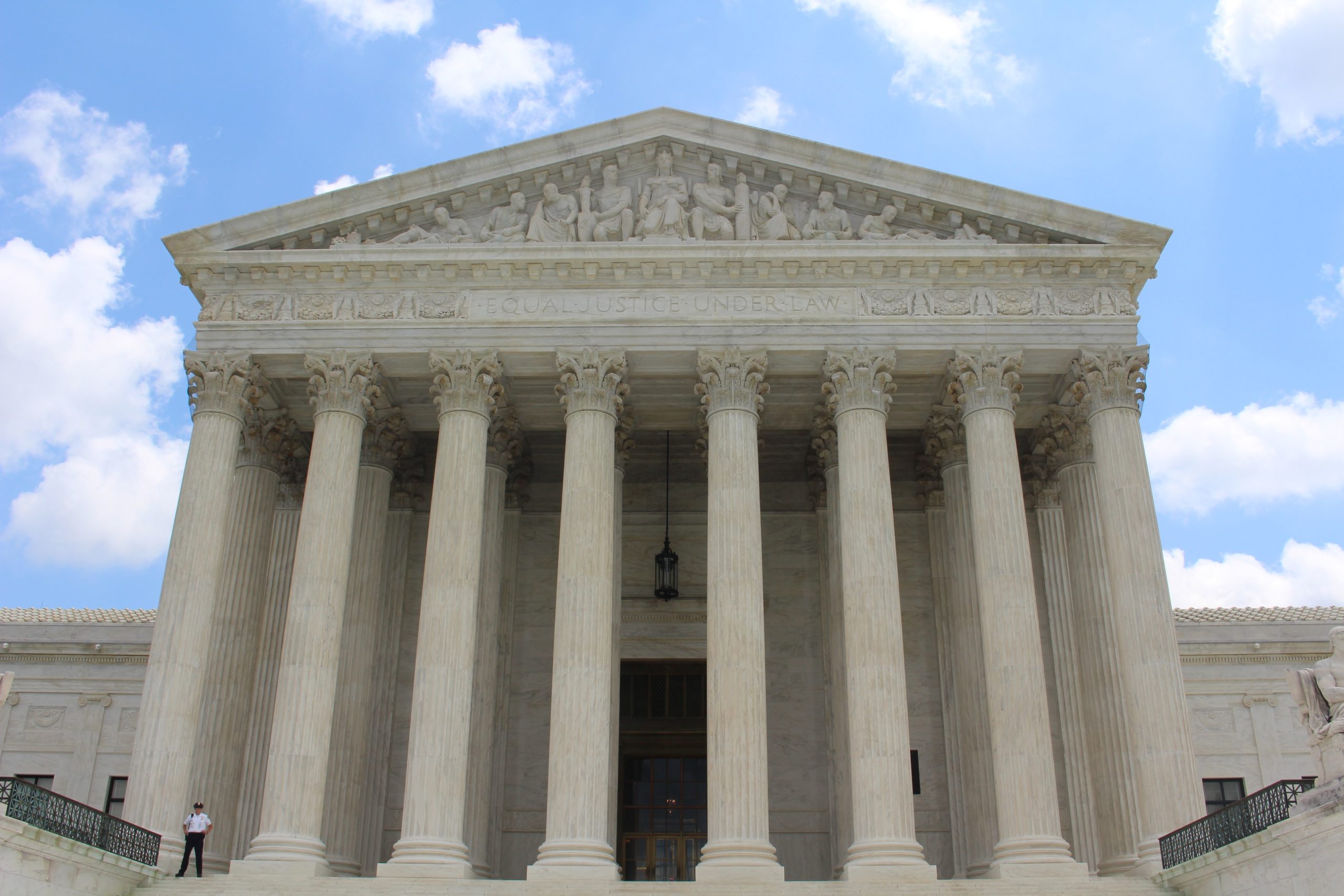
Authorities Notified, Case Opened in Eastern District of Michigan
In 1983, after Robert and Louis had been working on the Kozminski farm for more than 10 years, a concerned local herdsman noticed the physical condition of the men and reported it to authorities. Upon investigation, the two men were found to be living “in poor health, in squalid conditions, and in relative isolation from the rest of society.” The trailer where the two lived was “filthy, having no running water, a broken refrigerator and maggot-infested food.” In response, county officials removed the men from the Kozminski farm and a case was opened by the U.S. Government in the Eastern District of Michigan. The Kozminskis were charged with 18 U.S.C. § 1584 by knowingly holding the men in involuntary servitude.
Based on the facts presented by the U.S. Government in the Federal District Court, the jury found the Kozminskis guilty, and the three received sentences.
As a result of the judgment, the Kozminskis appealed the District Court’s decision to the Sixth Circuit Court of Appeals, asserting that the District Court erred in broadly defining the term “involuntary servitude” to include psychological coercion.
Once the case reached the Sixth Circuit, the charges were reversed in agreement with the Kozminskis. In response, the case was sent back to the original Federal District Court to be heard once again with amended language to aid in determining the definition of involuntary servitude. Now, per the Sixth Circuit’s decision, in order to convict the Kozminskis on the basis of psychological coercion, the U.S. Government had to prove that Robert and Louis were members of a vulnerable class – a minor, an immigrant, or mentally incompetent.
Case Heads to the U.S. Supreme Court
However, before the case was heard in the District Court, the U.S. Government appealed the Sixth Circuit’s decision to the U.S. Supreme Court, again challenging the scope of the involuntary servitude’s application. The Supreme Court doubled down on the decision of the Sixth Circuit, preventing the prosecutors from expanding the definition of involuntary servitude to require threat of or sustained physical coercion. This reversed the decision of the District Court and acquitted the Kozminskis of any charge.

Supreme Court Justice Sandra Day O’Connor delivered the opinion of the Court, stating, “…we hold that absent further guidance from Congress, the term involuntary servitude in which the victim is forced to work for the defendant either by use or threat of physical restraint or physical injury or by the use of threat of coercion through law or the legal process.”
With this decision, the U.S. Supreme court ruled that purely psychological coercion, even in cases involving children, immigrants, or mentally disabled individuals, was insufficient to support an involuntary servitude conviction. The Supreme Court found that Section 1584’s history did not support a broad concept of involuntary servitude and did not support the Sixth Circuit’s conclusion that immigrants, children, and any who are mentally incompetent were entitled to any special protection under the law.
Decision Results in Creation of Trafficking Victims Protection Act in 2000
As a result of the Kozminksi decision in 1998 – although 12 years later – Congress enacted the Trafficking Victims Protection Act in 2000 to expand the forms of coercion that could result in forced labor to include (1) by means of force, threats of force, physical restraint, or threats of physical restraint to that person or another person; (2) by means of serious harm or threats of serious harm to that person or another person; (3) by means of the abuse or threatened abuse of law or legal process; or (4) by means of any scheme, plan, or pattern intended to cause the person to believe that, if that person did not perform such labor or services, that person or another person would suffer serious harm or physical restraint. This definition now sustains convictions where psychological coercion was used.

